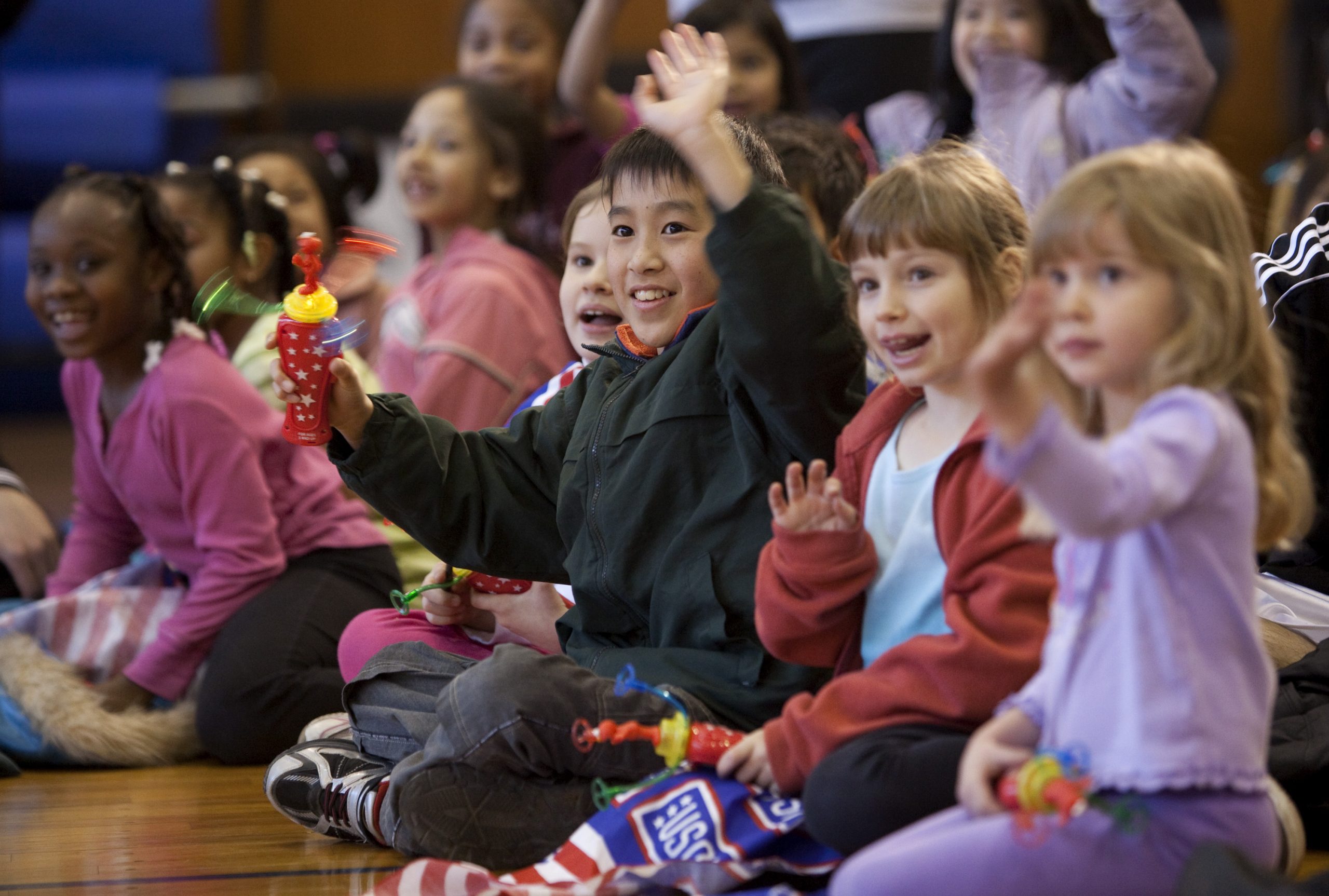The importance of ‘Hello’
Lessons Learned from Abroad
I have recently returned from the trip of a life time; a long awaited trip to France to watch the Rugby World Cup with my husband and tour the south of France. It is the first time we have travelled abroad since having children many years ago so was very special for us both. I took quite some time off blogging whilst I was away and just soaked up as much as I could from being immersed in a different culture and language.
Not being at all proficient in the French language, I was interested to see first hand how powerful the simple act of saying ‘Hello’ was.
“Bonjour!” with a smile was the most important word for us to learn and use when travelling in France. I am guessing that it may be the most important communication starter in any language….
The simple act of being able to greet someone with a smile and word (be that verbal or non verbal) helps to offer warmth, positive connection and a start to any social interaction. We started with a greeting when interacting with Uber drivers, those in cafes and restaurants who were pouring our coffee or serving us our pastries and with those who passed us by on the street or at the various tourist locations we visited
- Do we focus on teaching the social communication act of greetings with our children?
I am sure we do but I will be doing so now with far more gusto and intention than previously.
Why?
We managed to ‘get by’ with ‘Bonjour’ and ‘Merci’ as our only French words. These words started and ended many of our social interactions successfully and in a positive, warm manner.
Learning these simple, positive communication rituals early teaches children how to start a conversation with another human in an appropriate manner. Often when a child moves past ‘Hello’ , they start to feel more confident to engage. It certainly breaks down that first hurdle which is so important for our hesitant and less able communicators.
Saying ‘hello’ doesn’t have to be verbal. It can be communicated with eyes, hands (a wave) or even your body. If we positively interpret a child’s attempts to greet us in whichever way they are able to, we will encourage this behaviour to grow.
For those children who find that saying ‘hello’ feels awkward or uncomfortable, we can continue to model this when they are with us. Resist the urge to pressure your children to say ‘hello’ as we want them to associate greetings with positive emotions; not with angst or fear.
- How can I teach ‘hello’?
You can start by making it your intention to explicitly model saying ‘hello’ to others when your child is in your presence. Use an animated voice and happy smiling face as you do so that your child is more likely to notice and learn from your modelling.
You can prompt your child to say ‘hello’ to others but start with those communication partners that your child […]


